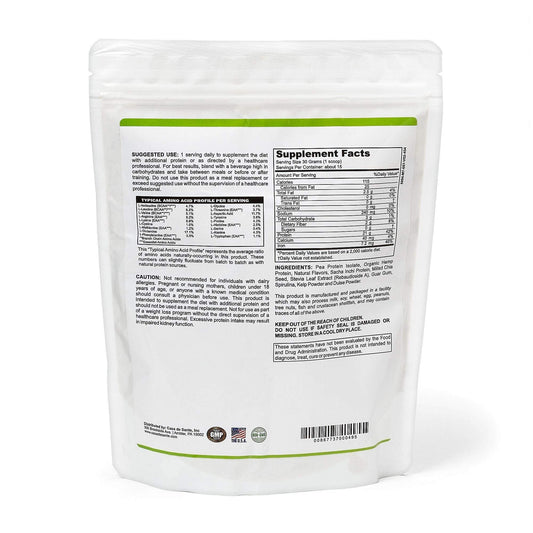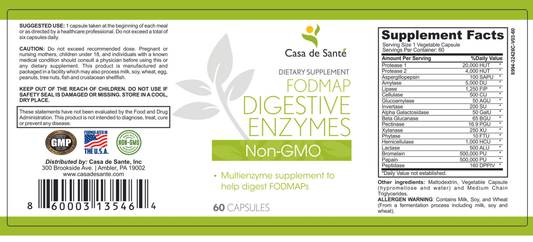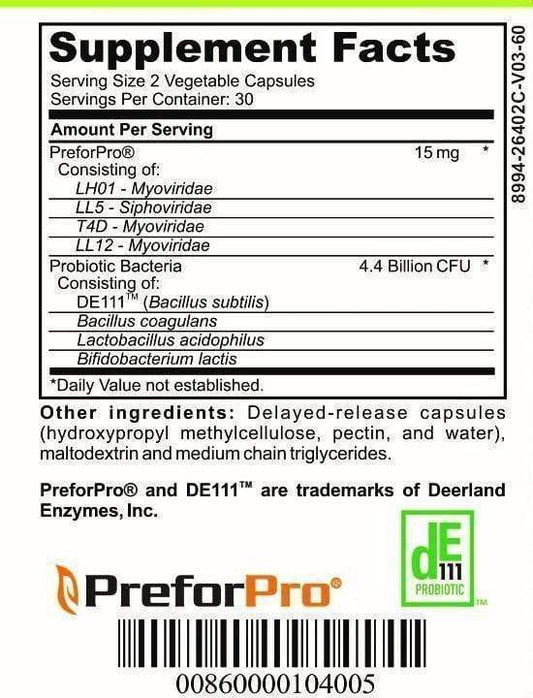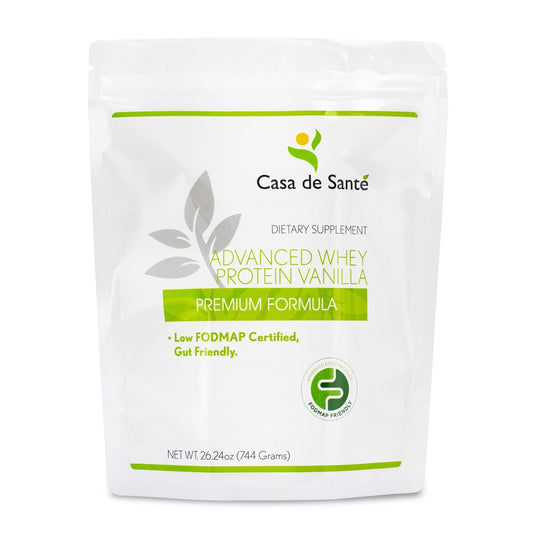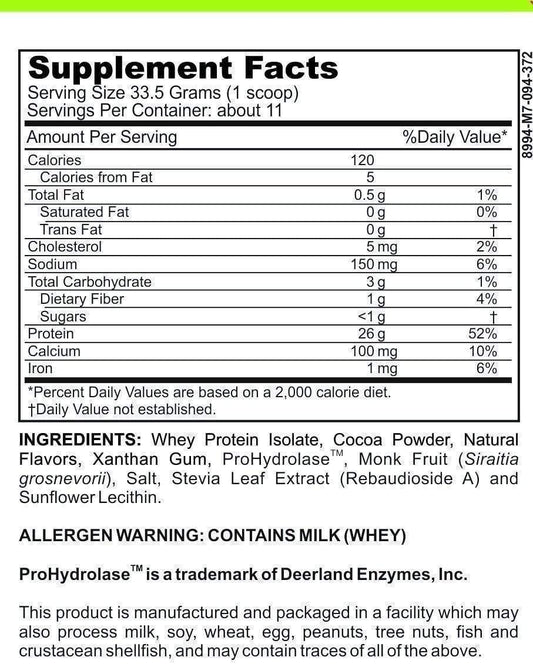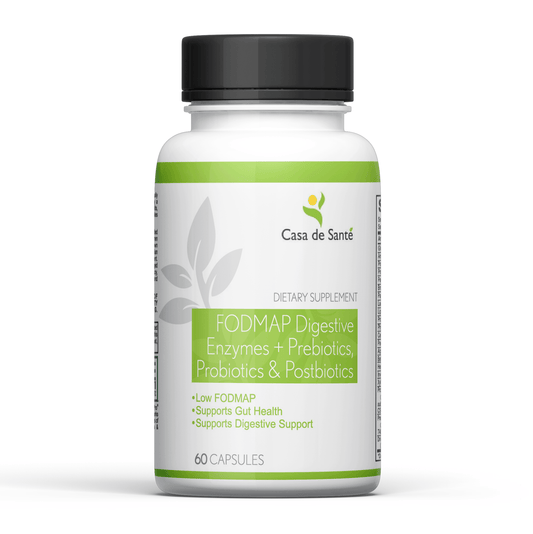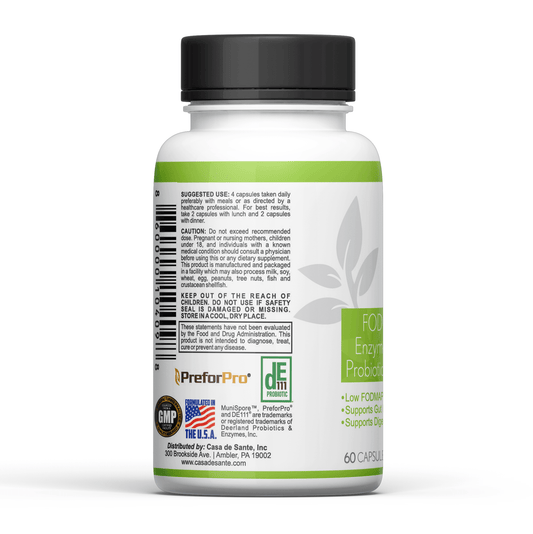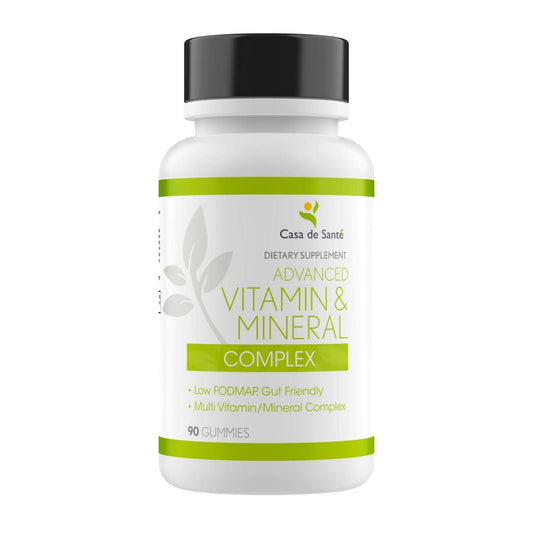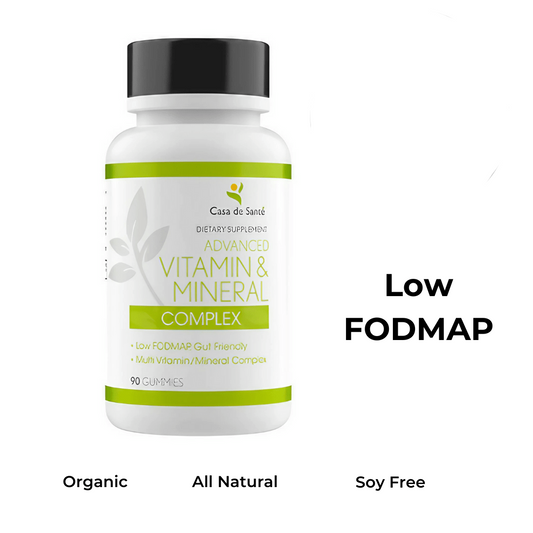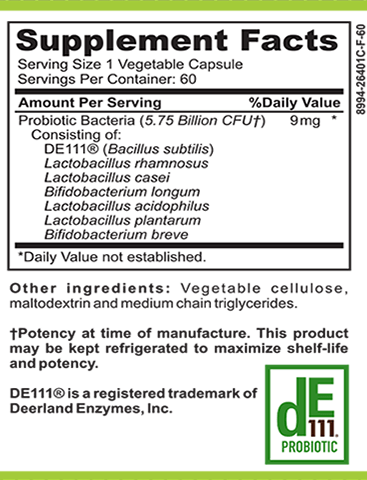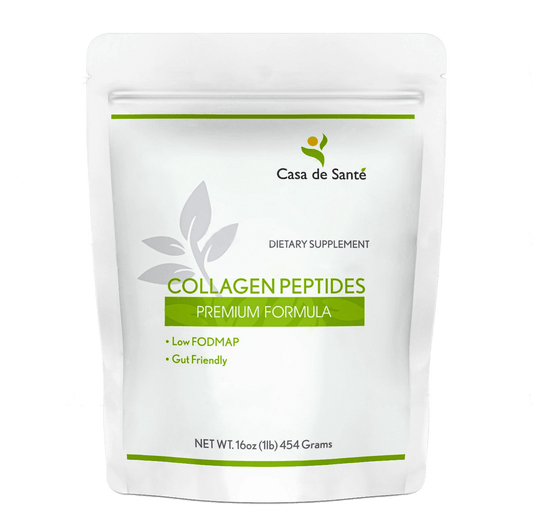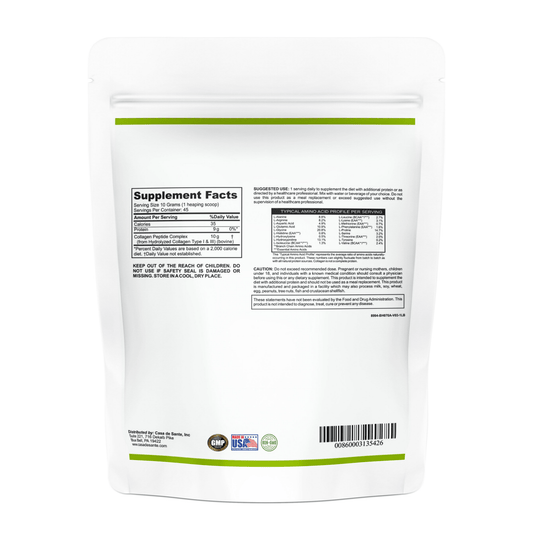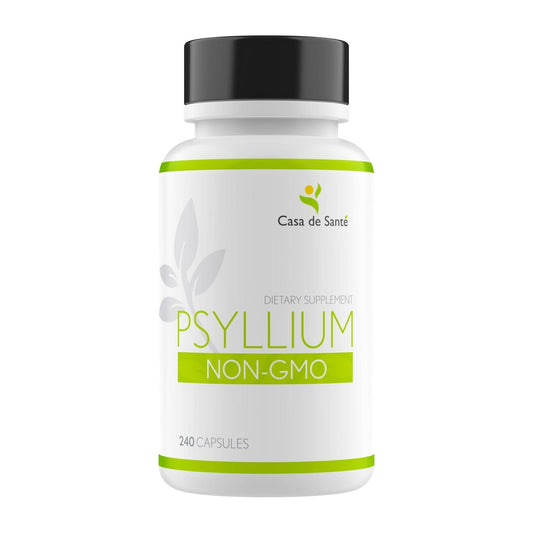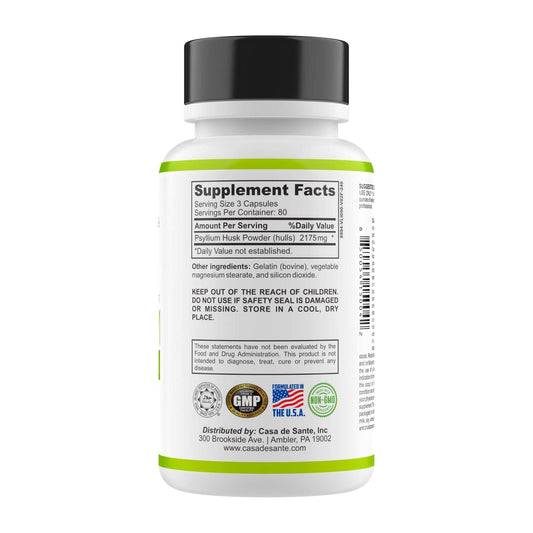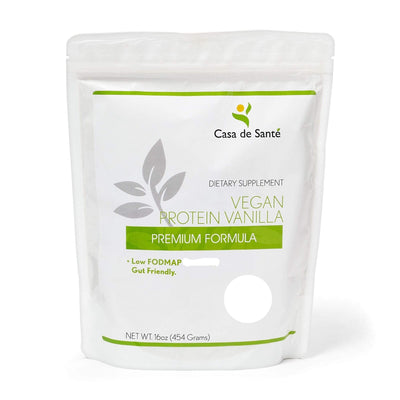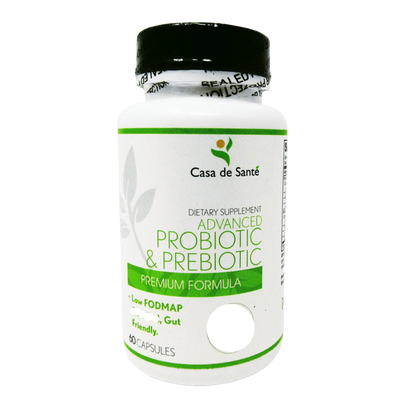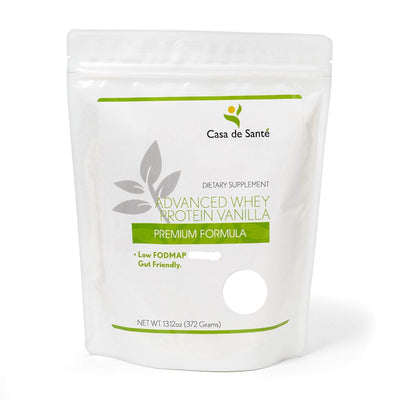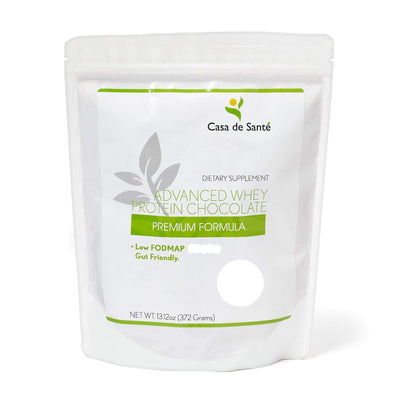Dr. Ruscio's Guide to Creating a Homemade Elemental Diet
Dr. Ruscio's Guide to Creating a Homemade Elemental Diet
Dealing with digestive disorders can be challenging, especially when conventional treatments fail to provide relief. The elemental diet has emerged as a powerful therapeutic approach for those suffering from conditions like SIBO, IBS, IBD, and other gastrointestinal issues. While commercial elemental formulas are available, creating a homemade version can be more cost-effective and allows for customization based on individual needs and sensitivities.
Understanding the Elemental Diet
An elemental diet consists of pre-digested nutrients in their simplest form, allowing the digestive system to absorb them with minimal effort. This approach essentially gives your gut a break while still providing all necessary nutrition. The nutrients are absorbed in the first few feet of the small intestine, reducing bacterial exposure and inflammation throughout the digestive tract.
Dr. Michael Ruscio, a functional medicine practitioner specializing in gut health, has extensively researched and implemented elemental diets in his clinical practice. His approach focuses on using this therapeutic tool not just for gut healing but as part of a comprehensive digestive health protocol.
Who Benefits from an Elemental Diet?
Elemental diets can be particularly beneficial for individuals with Small Intestinal Bacterial Overgrowth (SIBO), Inflammatory Bowel Disease (IBD), Irritable Bowel Syndrome (IBS), food sensitivities, and autoimmune conditions affecting the gut. These conditions often involve inflammation, bacterial imbalances, or heightened immune responses to food components—all of which can be temporarily alleviated by an elemental approach.
The diet works by providing nutrients that require minimal digestion, reducing the workload on your digestive system while still delivering essential nutrition. This can help break the cycle of inflammation and bacterial overgrowth that perpetuates many gut disorders.
Essential Components of a Homemade Elemental Formula
Creating your own elemental formula requires attention to detail and an understanding of nutritional needs. Each component serves a specific purpose in providing complete nutrition while remaining easily digestible.
Protein Sources
The protein component of an elemental diet should consist of free-form amino acids or hydrolyzed protein. These pre-digested proteins are readily absorbed in the upper part of the small intestine, requiring minimal digestive effort. When creating a homemade formula, amino acid powders are the preferred choice.
Look for a pharmaceutical-grade amino acid blend that provides all essential amino acids. These typically have a bitter taste, so be prepared to address this in your final formula. Some practitioners recommend starting with 15-20 grams of amino acids per day and gradually increasing to 40-60 grams based on individual needs and tolerance.
Carbohydrate Options
The carbohydrate source in an elemental diet should be easily digestible and quickly absorbed. Dextrose (glucose) and maltodextrin are common choices as they require no digestion and are rapidly absorbed in the small intestine. For those with glucose metabolism concerns, honey (which contains glucose and fructose) can be an alternative, though it's technically not fully elemental.
Carbohydrates provide the bulk of calories in an elemental diet, typically comprising 50-60% of the total caloric intake. This is necessary to prevent protein catabolism and maintain energy levels during the healing process.
Fat Components
Medium-chain triglycerides (MCT) oil is the preferred fat source in elemental diets due to its easy absorption without requiring bile salts or pancreatic enzymes. This makes it ideal for those with compromised digestive function. Start with small amounts (1-2 teaspoons per serving) and gradually increase as tolerated to avoid digestive discomfort.
For those who tolerate it well, adding some essential fatty acids from fish oil or flaxseed oil can help provide omega-3 fatty acids, though these are not strictly elemental and may be omitted during the most restrictive phases.
Supplementation for Nutritional Completeness
A homemade elemental diet requires careful supplementation to ensure all nutritional needs are met, particularly for vitamins, minerals, and electrolytes that would normally come from whole foods.
Vitamin and Mineral Support
A high-quality, hypoallergenic multivitamin/mineral supplement is essential when following an elemental diet. Look for one that's free from common allergens and fillers. You may need to open capsules or crush tablets to add the contents to your formula if you have difficulty swallowing pills during this time.
Additional electrolyte supplementation is often necessary, particularly sodium, potassium, and magnesium. These can be added in the form of salt, potassium chloride (found in salt substitutes), and magnesium supplements. Proper electrolyte balance helps prevent fatigue, muscle cramps, and other symptoms that might otherwise occur during an elemental diet.
Digestive Enzyme Support
While the elemental diet is designed to be easily absorbed with minimal digestion, some individuals may still benefit from digestive enzyme support, especially when transitioning onto or off the diet. Casa de Sante's low FODMAP certified digestive enzymes offer a comprehensive blend of 18 targeted enzymes that can help optimize the breakdown and absorption of nutrients, particularly beneficial for those with sensitive digestive systems.
These professional-grade enzymes include a dual protease complex for protein digestion, amylase for carbohydrate breakdown, and lipase for fat metabolism—all working synergistically to enhance nutrient bioavailability while reducing digestive stress. For those following an elemental diet due to FODMAP sensitivities, the alpha-galactosidase component provides specific support for FODMAP digestion.
Creating Your Homemade Formula
Combining the components into a palatable formula is perhaps the most challenging aspect of creating a homemade elemental diet. Here's a basic approach to getting started:
Basic Recipe Template
For a single serving (approximately 300 calories), combine:
• 10-15g free-form amino acids
• 40-50g dextrose or maltodextrin
• 5-10g MCT oil
• Appropriate portions of vitamin/mineral supplements
• Electrolytes as needed
• 8-12 oz water or more to desired consistency
Blend thoroughly until all components are fully dissolved. Many find it helpful to prepare larger batches and refrigerate portions for convenience. Start with smaller, more frequent meals (5-6 per day) rather than 3 larger ones to ease digestion and minimize potential discomfort.
Flavor Enhancement Strategies
The taste of homemade elemental formulas is notoriously challenging. Amino acids are bitter, and the overall flavor profile can be difficult to mask. Consider these strategies to improve palatability:
• Use small amounts of natural flavoring extracts like vanilla, almond, or maple (ensure they're free from alcohol if you're sensitive)
• Add a pinch of salt to balance sweetness
• Serve very cold or partially frozen as a slushy
• Use approved herbal teas as the liquid base instead of water
• Consider small amounts of approved sweeteners if necessary
Remember that palatability should be balanced with therapeutic effectiveness—some additives might improve taste but could potentially compromise the elemental nature of the diet.
Implementation Protocol
Successfully implementing an elemental diet requires careful planning and monitoring. Here's how to approach it effectively:
Duration and Scheduling
Dr. Ruscio typically recommends elemental diets for 2-3 weeks for therapeutic purposes, though shorter "mini elemental" periods of 2-4 days can also provide benefits with less disruption to normal life. The duration should be tailored to your specific health needs and response to the diet.
Some practitioners suggest starting with a gradual transition, replacing one meal per day with the elemental formula, then increasing to full elemental over several days. This can help minimize adjustment symptoms and make the process more manageable.
Monitoring and Adjustments
Throughout the elemental diet period, it's important to monitor your response carefully. Track symptoms, energy levels, bowel movements, and any reactions. Common adjustment symptoms in the first few days may include headaches, fatigue, or changes in bowel habits, which typically resolve as your body adapts.
If you're using the diet to address SIBO or other bacterial overgrowth issues, be aware that die-off symptoms may occur as bacterial populations decrease. Supporting detoxification pathways with adequate hydration and, if tolerated, supplements like activated charcoal (taken away from meals) may help manage these symptoms.
Transitioning Back to Solid Foods
The reintroduction phase is critical to maintaining benefits gained from the elemental diet. Begin with easily digestible, low-FODMAP foods like well-cooked vegetables, bone broth, and small amounts of lean protein. Introduce one new food every 2-3 days, monitoring for reactions.
During this transition phase, digestive enzyme support becomes particularly valuable. Casa de Sante's digestive enzyme complex can help ease the transition back to solid foods by providing comprehensive support for protein, carbohydrate, and fat digestion. Taking 1-2 capsules at the beginning of meals can help reduce the likelihood of digestive discomfort as you reintroduce more complex foods.
Precautions and Professional Guidance
While a homemade elemental diet can be an effective therapeutic tool, it's not appropriate for everyone and should be approached with caution.
Always consult with a healthcare provider before starting an elemental diet, especially if you have existing health conditions, are pregnant or nursing, or are taking medications. The diet is not recommended for those with severe malnutrition, eating disorders, or certain metabolic conditions without close medical supervision.
Working with a practitioner experienced in functional medicine and digestive health, like Dr. Ruscio or a similarly qualified professional, can help ensure you're implementing the diet safely and effectively. They can provide personalized guidance on duration, formula composition, and appropriate supplementation based on your specific health needs.
Creating a homemade elemental diet requires commitment and attention to detail, but for many with persistent digestive issues, it represents a powerful tool for breaking the cycle of inflammation and dysbiosis. When implemented correctly and supported with appropriate supplements like targeted digestive enzymes, it can provide a foundation for long-term gut healing and improved quality of life.


